Public gardens offer extraordinary connections to nature without requiring wilderness skills or extensive travel. These meticulously designed living museums provide immersive experiences, whether you’re seeking horticultural inspiration, botanical education, or simply a peaceful escape from urban environments.
Here is a list of 20 American cities whose botanical gardens deliver exceptional plant collections, innovative designs, and memorable visitor experiences that rival international destinations.
Chicago, Illinois
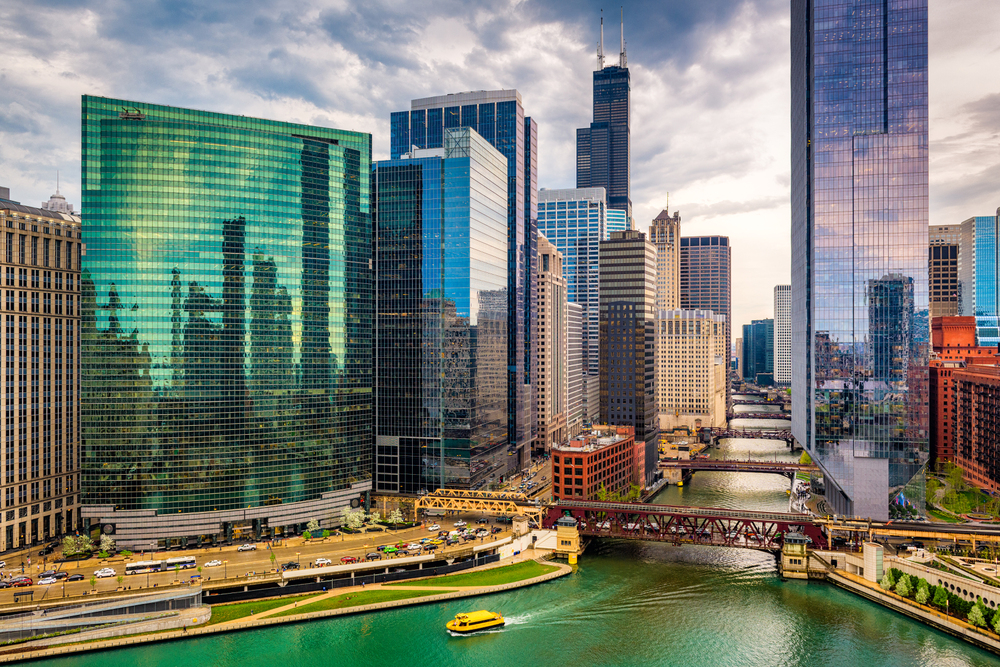
Chicago’s commitment to public green space reaches its zenith at the Chicago Botanic Garden with its 27 distinct gardens spread across 385 acres and nine islands. The Japanese Garden, designed by Koichi Kawana, achieves remarkable authenticity with its carefully composed landscapes, creating moments of stillness amid the bustling metropolis.
The garden’s extensive prairie restoration projects and native plant initiatives showcase Midwestern ecosystems alongside global collections, creating educational opportunities across 2.6 million plants representing 9,400 taxa.
Brooklyn, New York
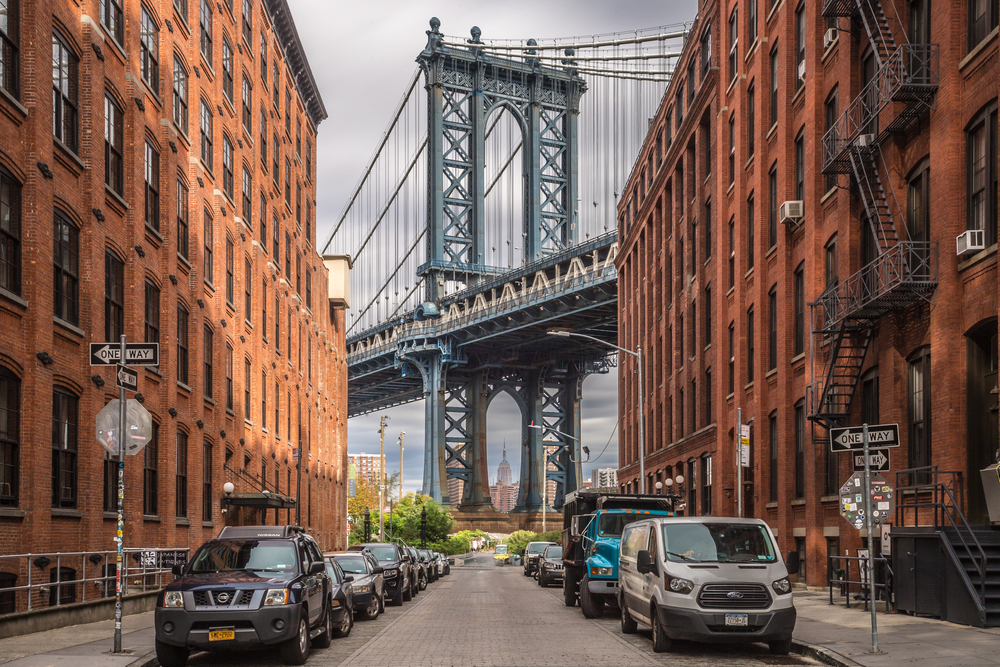
The Brooklyn Botanic Garden accomplishes remarkable diversity within its relatively compact 52-acre footprint adjacent to Prospect Park. The garden’s Japanese collection features one of the nation’s most spectacular cherry blossom displays, with over 200 trees creating an annual spring celebration that transforms the cityscape.
The newly redesigned Discovery Garden engages children through immersive plant experiences, while the historic conservatory houses desert and tropical collections that transport visitors far beyond New York City’s climate zone.
Like Travel Pug’s content? Follow us on MSN.
St. Louis, Missouri

The Missouri Botanical Garden stands as America’s oldest continuously operating botanical garden, showcasing 79 acres of horticultural excellence since 1859. The Climatron geodesic dome greenhouse pioneered new possibilities in conservatory design while creating a controlled environment for the garden’s remarkable tropical collection.
The expansive Japanese Garden ranks among North America’s finest, with its 14 acres of authentic landscape design incorporating waterfalls, traditional architecture, and meticulously maintained plantings that reveal new aspects across seasons.
San Francisco, California
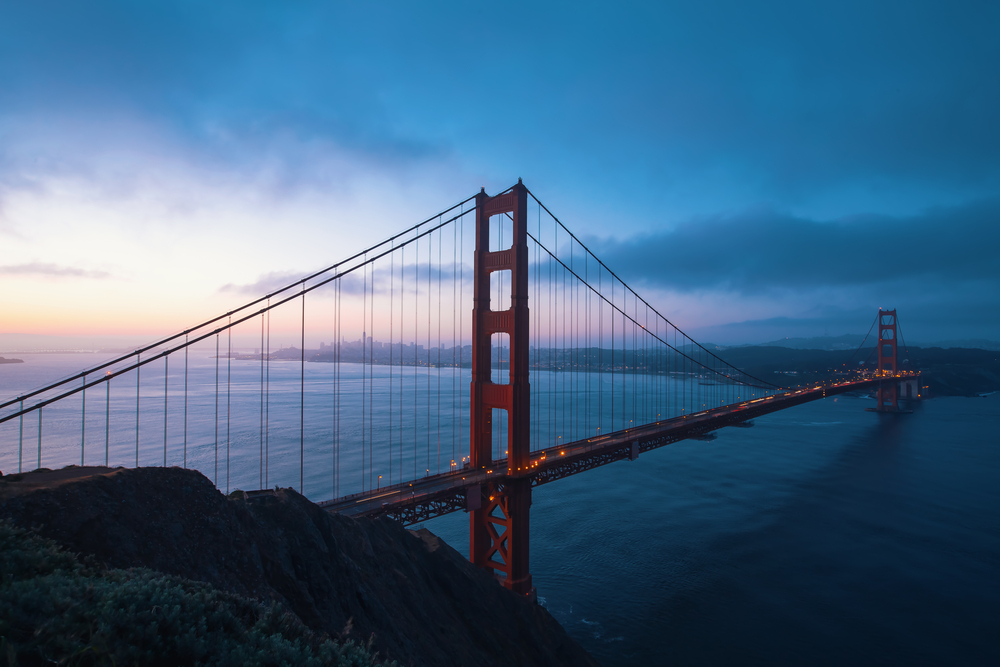
The San Francisco Botanical Garden capitalizes on the city’s unique microclimate to cultivate plants from temperate regions worldwide that would struggle elsewhere in America. The 55-acre living museum within Golden Gate Park features the country’s most comprehensive collection of magnolias outside Asia, with over 100 varieties creating spectacular winter and spring flowering displays.
The garden’s cloud forest collection recreates high-elevation tropical ecosystems from across the globe, enabling visitors to experience rare plants that even dedicated travelers seldom encounter.
Washington, D.C.

The United States Botanic Garden is the nation’s oldest continuously operating public garden, tracing its roots to the vision of founding fathers Washington, Jefferson, and Madison. The garden’s conservatory, renovated in 2001, houses specialized collections, including rare cycads, carnivorous plants, and economic plants that demonstrate the botanical foundations of human civilization.
The adjacent National Garden showcases native mid-Atlantic ecosystems through immersive design that transforms a relatively compact space into a comprehensive educational resource blocks from the Capitol.
Like Travel Pug’s content? Follow us on MSN.
Coral Gables, Florida

Fairchild Tropical Botanic Garden dedicates its 83 acres to tropical plant diversity, conservation, and education in a stunning setting designed by landscape architect William Lyman Phillips. The garden’s extensive palm collection ranks among the world’s finest, featuring over 700 species displayed in naturalistic settings that showcase their architectural qualities.
Fairchild’s Wings of the Tropics conservatory immerses visitors among free-flying butterflies and rare flowering plants, creating dynamic interactions between plants and pollinators within a controlled environment.
Atlanta, Georgia

The Atlanta Botanical Garden transforms 30 acres adjacent to Piedmont Park into a sophisticated horticultural showcase blending artistic vision with botanical diversity. The Fuqua Orchid Center houses one of America’s most important orchid collections with specialized display environments recreating distinct tropical mountaintop ecosystems.
The garden’s canopy walk provides an innovative perspective 40 feet above the forest floor, allowing visitors to experience the garden’s remarkable woodland conservation area from the perspective of the tree canopy.
New York, New York
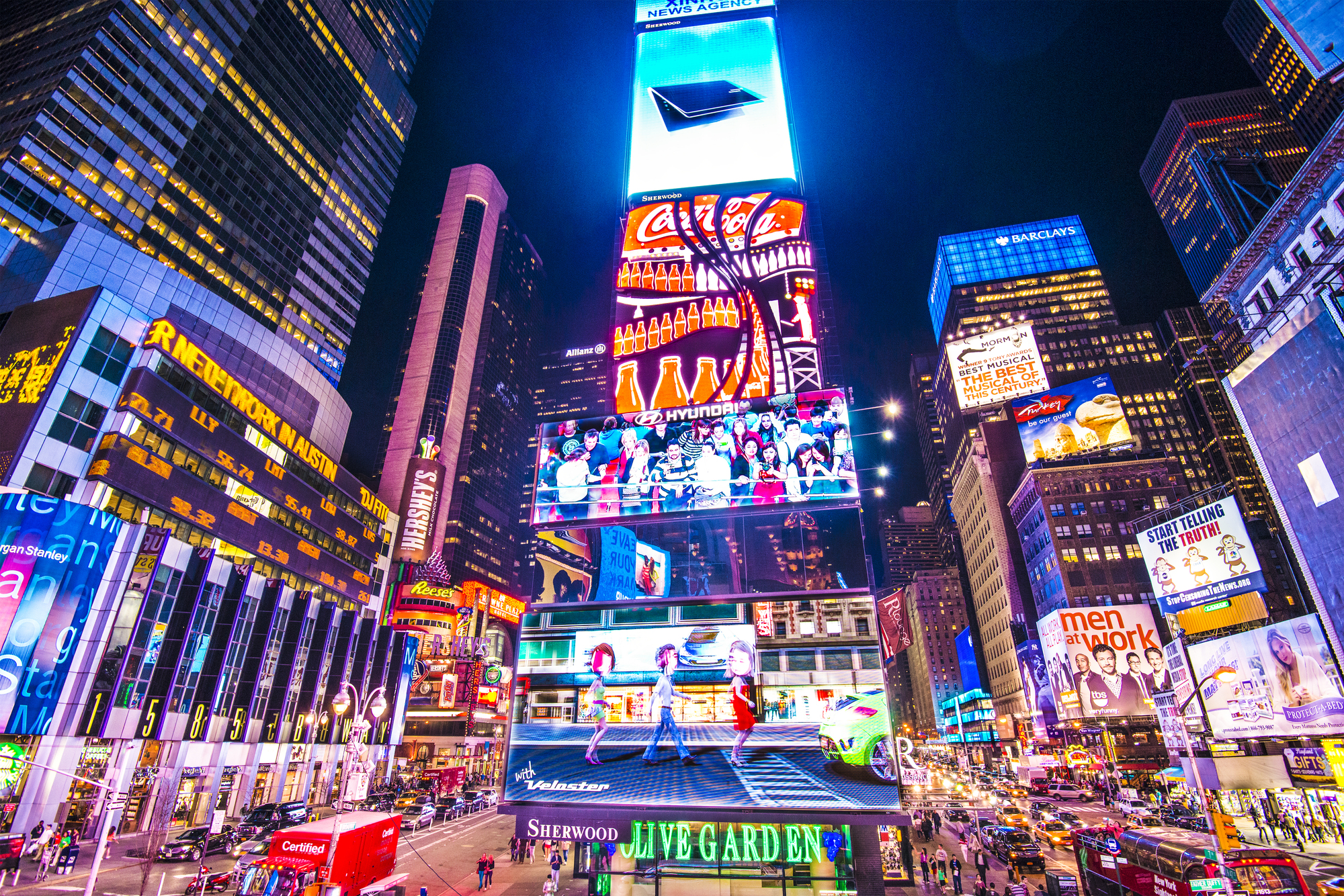
The New York Botanical Garden creates an extraordinary 250-acre respite from Manhattan’s intensity in the Bronx, centered around the nation’s largest Victorian-era glasshouse. The 50-acre old-growth forest represents Manhattan’s only remaining primary forest, preserved intact since before European colonization.
The recently expanded Native Plant Garden demonstrates sophisticated contemporary design possibilities using exclusively indigenous species, challenging conventional assumptions about native plant aesthetics.
Like Travel Pug’s content? Follow us on MSN.
Phoenix, Arizona
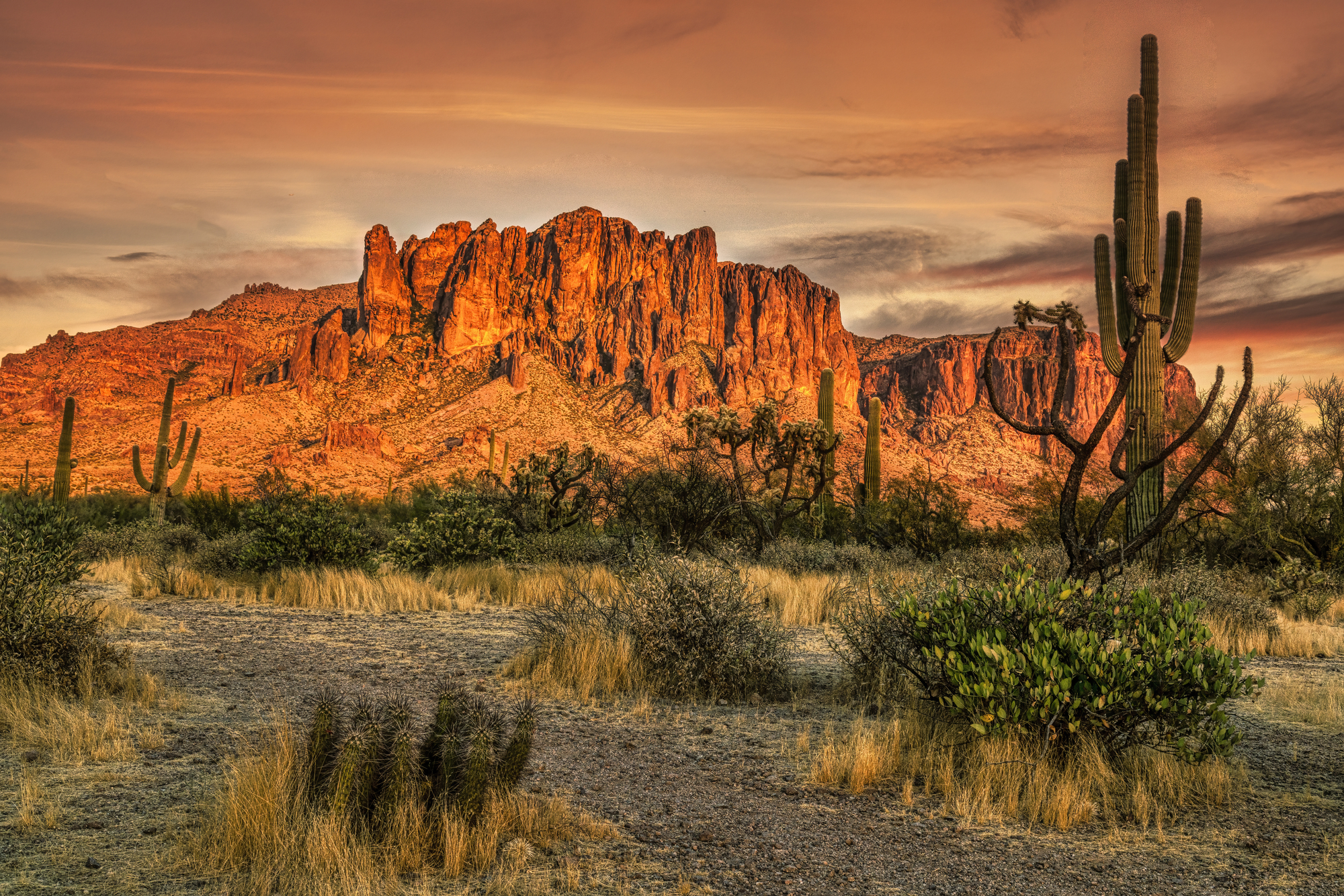
The Desert Botanical Garden—located in Papago Park—showcases the surprising diversity and adaptation of arid-land plants across 140 acres. The garden’s collection of over 4,000 taxa includes 1,350 cactus species, representing one of the world’s most comprehensive assemblages of these iconic desert plants.
Innovative night lighting programs enable summer evening visits when desert ecology becomes most active, creating unique opportunities to experience desert landscapes during their most dynamic periods.
Denver, Colorado
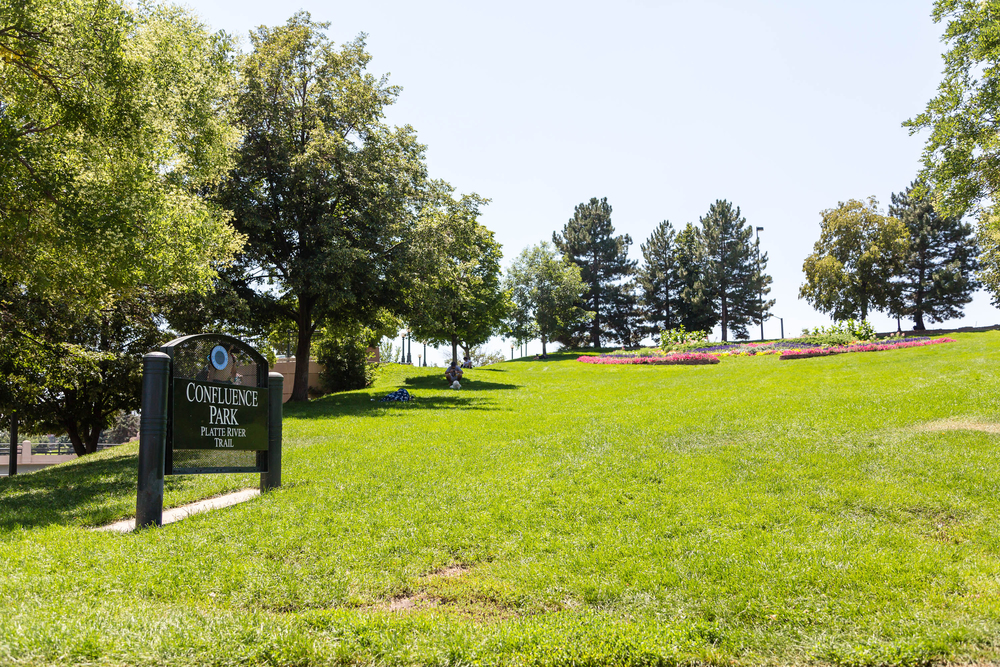
The Denver Botanic Gardens comprises 24 acres of thoughtfully designed spaces that demonstrate sophisticated water conservation principles while maintaining extraordinary beauty. The Mordecai Children’s Garden creates immersive exploration opportunities through distinct Colorado ecosystems from alpine tundra to plains grasslands.
The garden’s extensive green roof over the parking structure showcases cutting-edge sustainable technology while expanding garden space, demonstrating how innovation can enhance rather than compromise horticultural possibilities.
Dallas, Texas

The Dallas Arboretum and Botanical Garden transforms 66 acres along White Rock Lake into a living theater through seasonal displays of unprecedented scale. The spring bulb exhibition “Dallas Blooms” features over 500,000 flowering bulbs complemented by 3,000 azaleas, creating what many consider America’s most spectacular spring garden display.
The Rory Meyers Children’s Adventure Garden dedicates 8 acres to interactive scientific learning experiences that connect educational concepts to botanical realities through engaging, hands-on exhibits.
Like Travel Pug’s content? Follow us on MSN.
Longwood, Pennsylvania

Longwood Gardens represents American horticultural ambition at its grandest scale, with 1,100 acres of gardens, woodlands, and meadows flowing outward from the former du Pont estate. The newly renovated Main Fountain Garden integrates historic European design with cutting-edge technology to create the nation’s most sophisticated water feature.
The 4.5-acre conservatory complex houses 20 distinct indoor gardens ranging from desert landscapes to tropical rainforests, ensuring exceptional garden experiences regardless of Pennsylvania’s seasonal changes.
San Diego, California
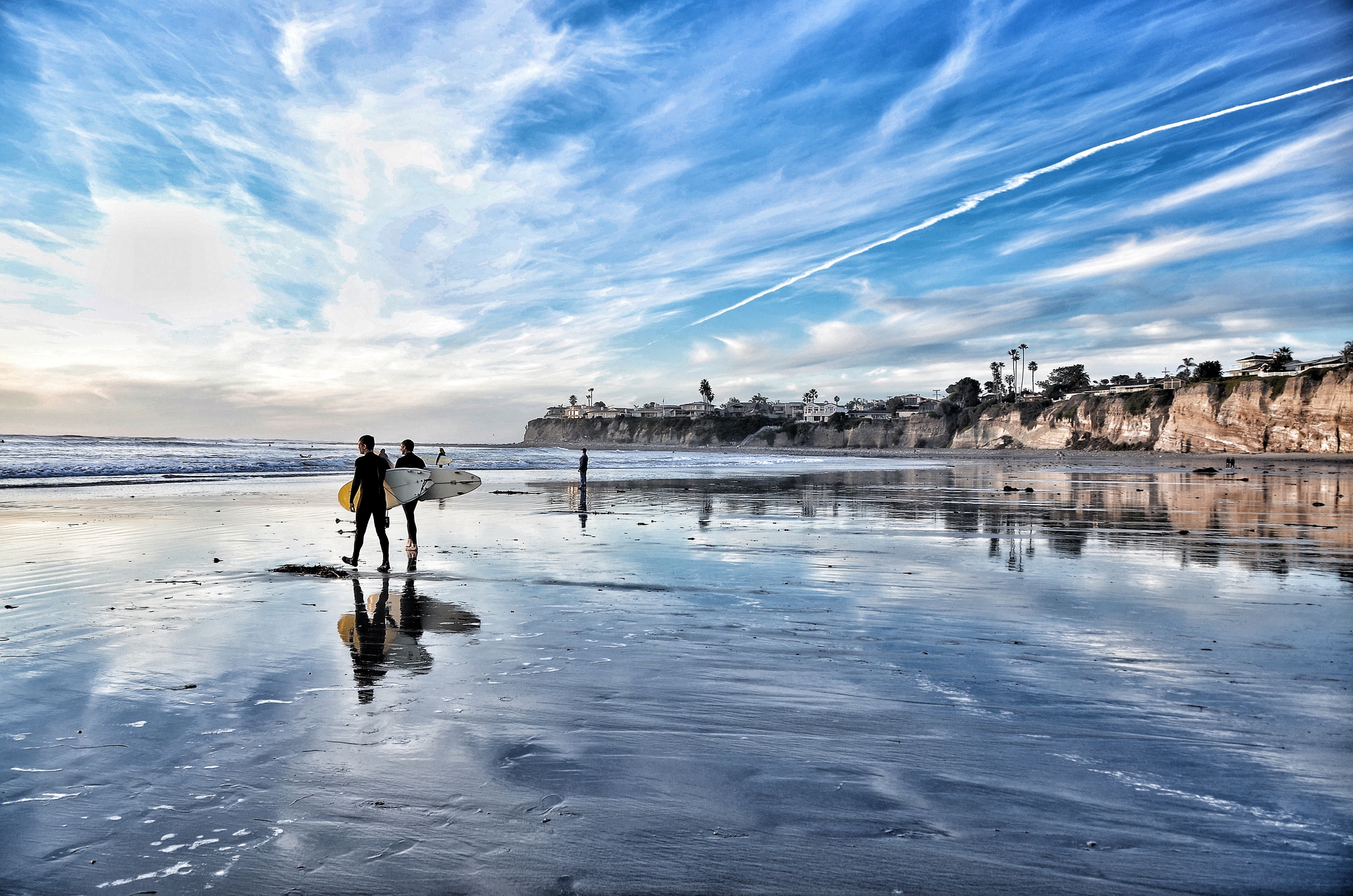
The San Diego Botanic Garden leverages Southern California’s ideal growing conditions to showcase 37 acres of plants from similar Mediterranean climate zones worldwide. The unique bamboo collection features over 120 species, creating immersive garden rooms with distinctly different textures, colors, and scales.
The recently completed World Landscapes Conservation Garden demonstrates beautiful, water-efficient design possibilities appropriate to Southern California’s climate challenges while educating visitors about sustainable gardening practices.
Honolulu, Hawaii

Foster Botanical Garden is the oldest of Honolulu’s five public gardens. It is 14 acres of tropical plants in downtown Honolulu, including numerous exceptional specimens over 150 years old. The garden’s collection features over 75 officially designated “Exceptional Trees,” including a true botanical treasure—the last remaining Hillebrandia sandwicensis, Hawaii’s only native begonia species.
The economic plant garden demonstrates tropical crops that transformed global trade, connecting botanical science to economic history through living plants rather than abstract concepts.
Like Travel Pug’s content? Follow us on MSN.
Ann Arbor, Michigan

The University of Michigan’s Matthaei Botanical Gardens combines academic resources with public access across 350 acres of outdoor gardens, natural areas, and teaching landscapes. The conservatory complex enables year-round immersion in tropical, temperate, and arid environments regardless of Michigan’s winters.
The Great Lakes Garden showcases native plants from the region’s diverse shoreline ecosystems, demonstrating sophisticated uses of indigenous plants while educating visitors about regional conservation priorities.
Richmond, Virginia

Lewis Ginter Botanical Garden transforms 50 acres into an accessible garden experience that balances horticultural excellence with family-friendly design. The classical domed conservatory houses rotating seasonal displays alongside permanent tropical collections, creating dynamic programming that rewards repeat visits.
The extensive children’s garden integrates playful elements with meaningful plant interactions, introducing botanical concepts through engaging, multisensory experiences that appeal across generations.
Boston, Massachusetts
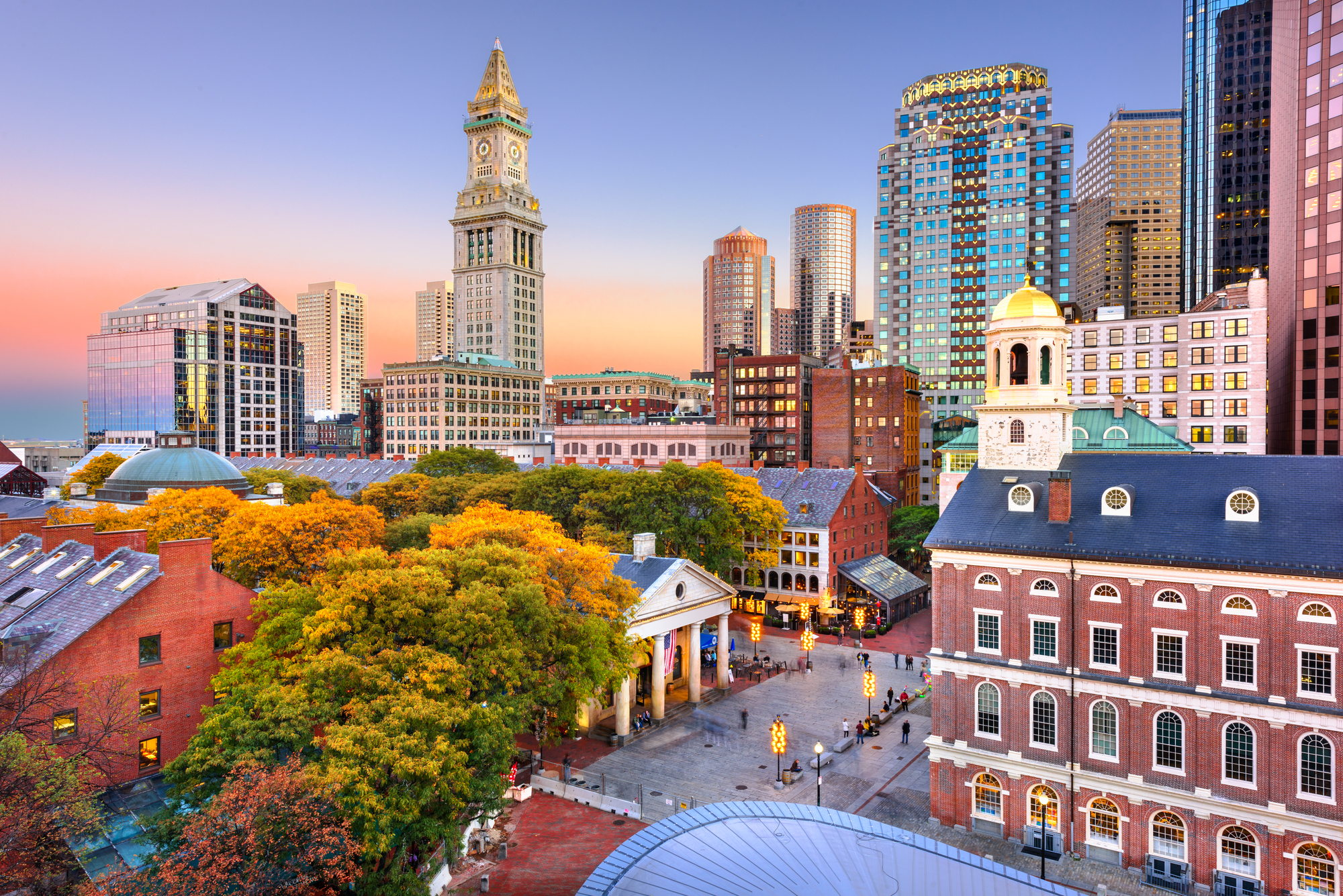
The Arnold Arboretum of Harvard University manages 281 acres as a living museum housing over 15,000 plants representing 4,000 different types. Established in 1872, this Frederick Law Olmsted-designed landscape features exceptional collections of maples, crabapples, and lilacs displayed in naturalistic settings that blend horticultural display with ecological function.
The century-and-a-half-old specimens include numerous original introductions from Asia, including many trees first brought to North America through the garden’s historic plant exploration programs.
Like Travel Pug’s content? Follow us on MSN.
Asheville, North Carolina
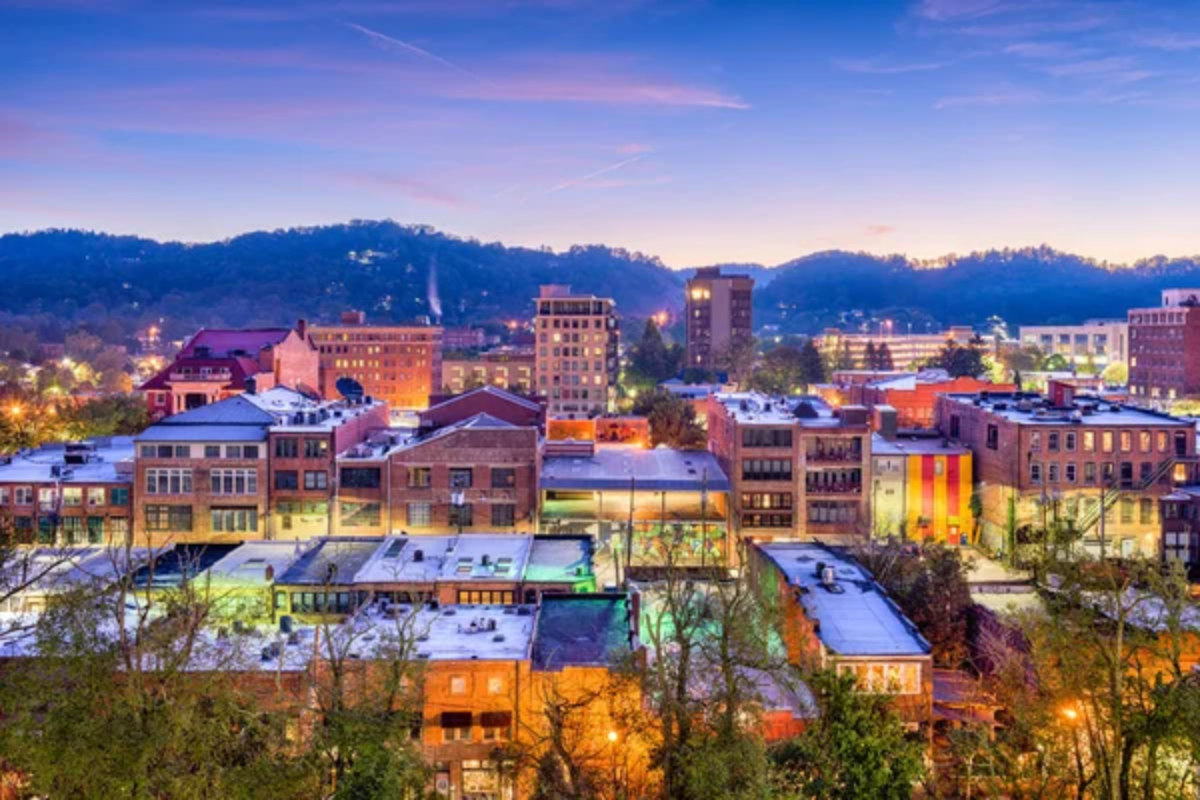
The North Carolina Arboretum showcases 65 acres of cultivated gardens within a 434-acre public forest, blending formal horticultural spaces with natural woodland landscapes. The Bonsai Exhibition Garden displays one of America’s most important collections with over 100 specimens, including native Appalachian species rarely seen in this traditional art form.
The garden’s extensive trail system connects visitors with the broader Blue Ridge Mountain landscape, creating a seamless transition between curated gardens and natural ecosystems.
Chanhassen, Minnesota

The Minnesota Landscape Arboretum commits its impressive 1,200 acres to horticultural research, display, and education, with particular emphasis on plants suitable for challenging northern climates. The exceptional collection includes more than 5,000 plant species and varieties, with notable depth in cold-hardy fruit breeding, including varieties that revolutionized apple cultivation in colder regions.
The extensive natural areas include restored prairie and woodland ecosystems accessible through 12.5 miles of trails that showcase native plant communities alongside cultivated garden spaces.
Memphis, Tennessee

The Memphis Botanic Garden transforms 96 acres into distinct garden spaces that balance formal design with accessible interpretation. The impressive ‘My Big Backyard’ children’s garden spans nearly four acres with interactive features that connect young visitors to plants through play-based learning environments.
The Japanese Garden of Tranquility achieves remarkable authenticity through traditional design principles adapted to southeastern native plants, demonstrating cross-cultural design possibilities through thoughtful plant selection.
Like Travel Pug’s content? Follow us on MSN.
Gardens as Community Anchors
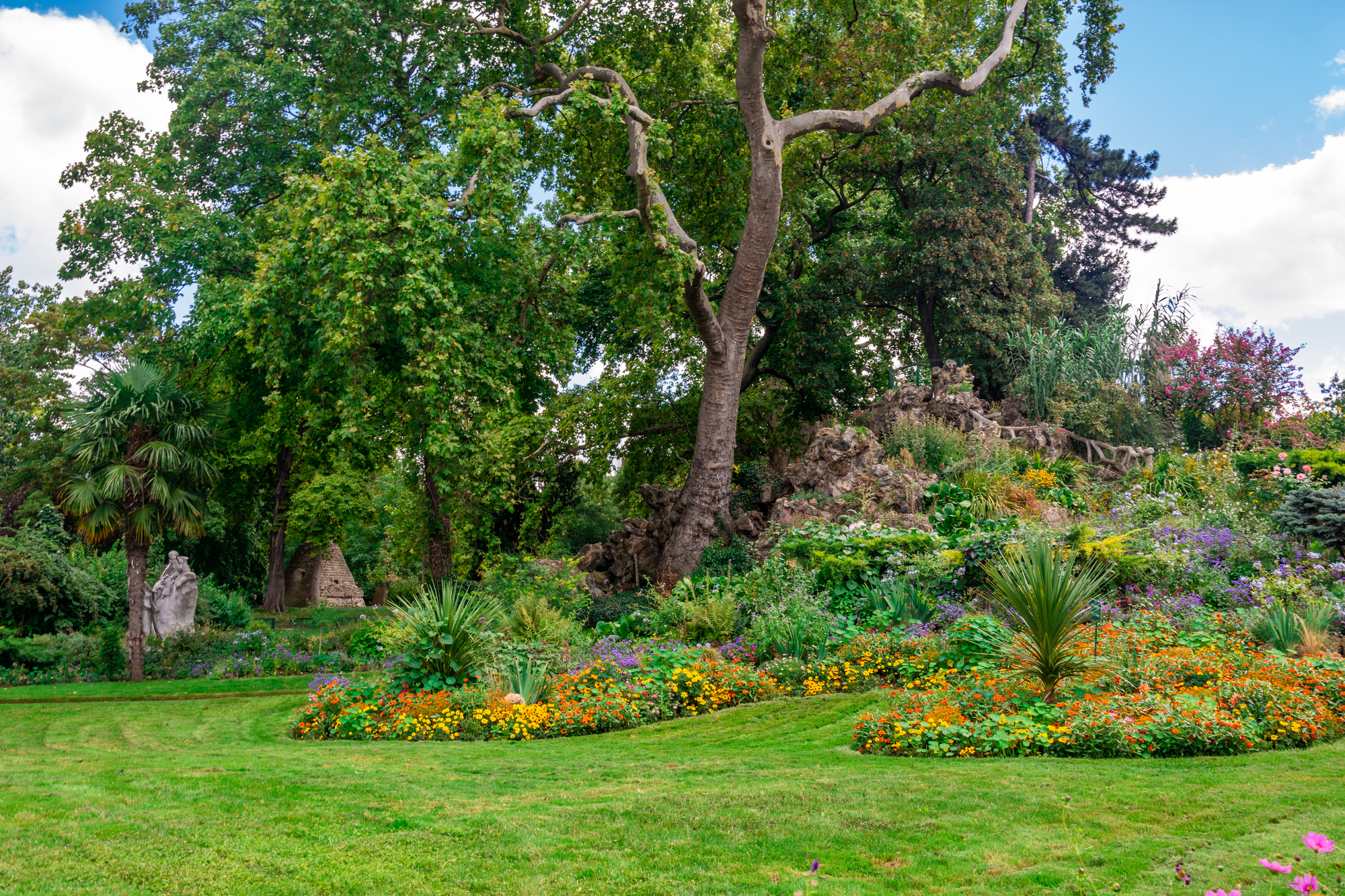
The finest botanical gardens transcend simple plant collections, functioning instead as essential community institutions where science, art, education, and public service intersect. These living museums increasingly balance traditional horticultural display with urgent contemporary priorities like conservation, sustainability, and climate resilience. Their collections preserve botanical diversity that is increasingly threatened in natural settings while demonstrating beautiful solutions to environmental challenges.
America’s exceptional public gardens continue evolving beyond their historical roots as pleasure grounds for the privileged few. Today, they serve diverse communities through innovative programming, citizen science initiatives, and inclusive design that makes plant appreciation accessible across cultural and economic barriers. These transformed institutions demonstrate how gardens can function as catalysts for community connection while advancing scientific understanding of our changing world.
More from Travel Pug

- Cities Growing so Fast You Won’t Recognize Them in 10 Years
- 13 Destinations Where Tourists Regularly Regret Their Trip
- 16 U.S. Cities That Are Quietly Becoming Travel Hotspots
- Where to Travel If You Love Long Bus Rides and Daydreams
- 20 Cities Perfect for Solo Travelers Who Crave Adventure & Culture
Like Travel Pug’s content? Follow us on MSN.
